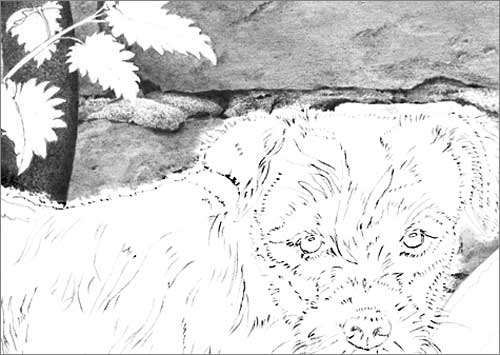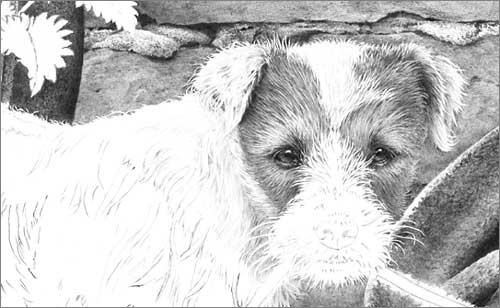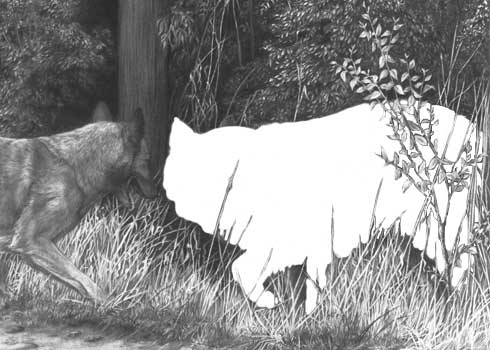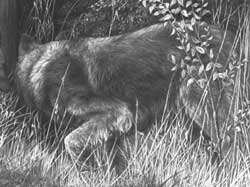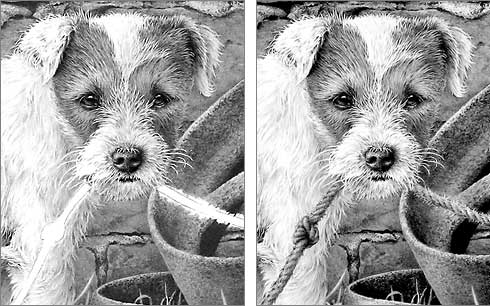Following a successful workshop tour of the USA this year it’s time to begin planning for next year. Nothing beats local knowledge, so I’m always grateful to receive assistance from my local co-organisers and in return I offer a free workshop.
I’m planning to visit the US twice in 2010 – in May/June and October. I hope the first trip will include Canada, where I have had two tentative invitations, but more are welcome.
The second trip will probably include California (Solvang) and possibly a north California venue.
If you have suggestions for a venue in any state or province I’ll be happy to consider including it.
As well as running workshops locally in North Yorkshire I also try to run at least one elsewhere in the country each year – in 2009 it was Glastonbury and the year before I was in Hampshire. I’m looking for a co-organiser and a suitable venue in any other part of the country (or even near a past venue). Could you, or your local Art Society, help?
I am currently considering a trip to Australia in 2011, visiting as many locations to hold workshops as I can. More than one workshop may be held in the Melbourne area but I’m looking for suitable venues in other locations and states too. See below for details.
The requirements are quite simple: a suitable venue, about 20 attendees, and a base to which I can ship supplies (workshop packs, pre-prepared line drawing etc — you could fit the whole lot into a suitcase!).
The venue need not be any art-related place. I use a village hall here in the North Yorkshire that has good light, a kitchen, plentiful parking, disabled access and toilets, and sufficient tables and chairs. A church hall or community hall would do too, or a hotel with a conference room (although they can be expensive).
Workshops would be either 2-day or 3-day, probably 10am – 5pm.
I need about 20 (maximum 25) attendees to make the workshop viable. Maybe you belong to a local art group and know of other groups you can approach? Would your local newspaper be interested in running an editorial piece on the event? This local knowledge is invaluable – you know things I cannot possibly find out from the UK.
I’m not expecting anyone to have to spend money – if, for example, posters or flyers are required for display in local art stores, I’ll arrange that from here or pay for you to do it locally. I’ll give all the support you need, such as circulating the workshop through my mailing lists, advertising on my websites and blog, paying venue deposits and so on. I will also advertise the workshop on other websites, such as the SAA website where I’m a Professional Associate, which has quite a few American and other foreign members, and on my own Starving-Artists site and at ArtPapa.com (both of which have an international membership). In brief, I’ll do everything I can to attract attendees and help in all other respects too.
If you’re interested, please email me to let me know.
To find out more visit my website’s Workshop Central.

